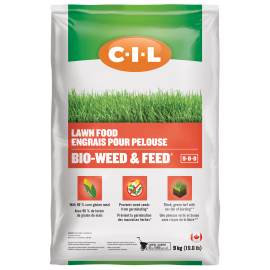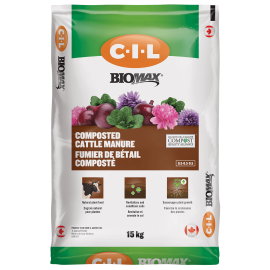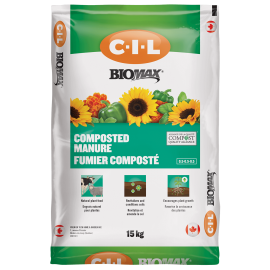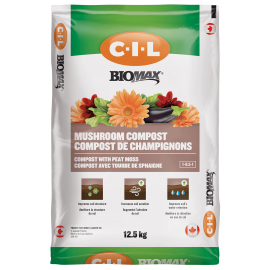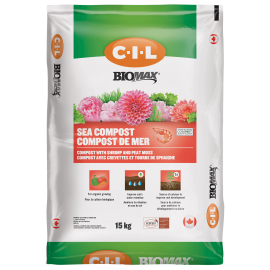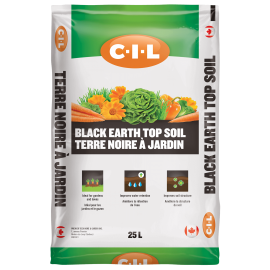Guide to Feeding Your Lawn
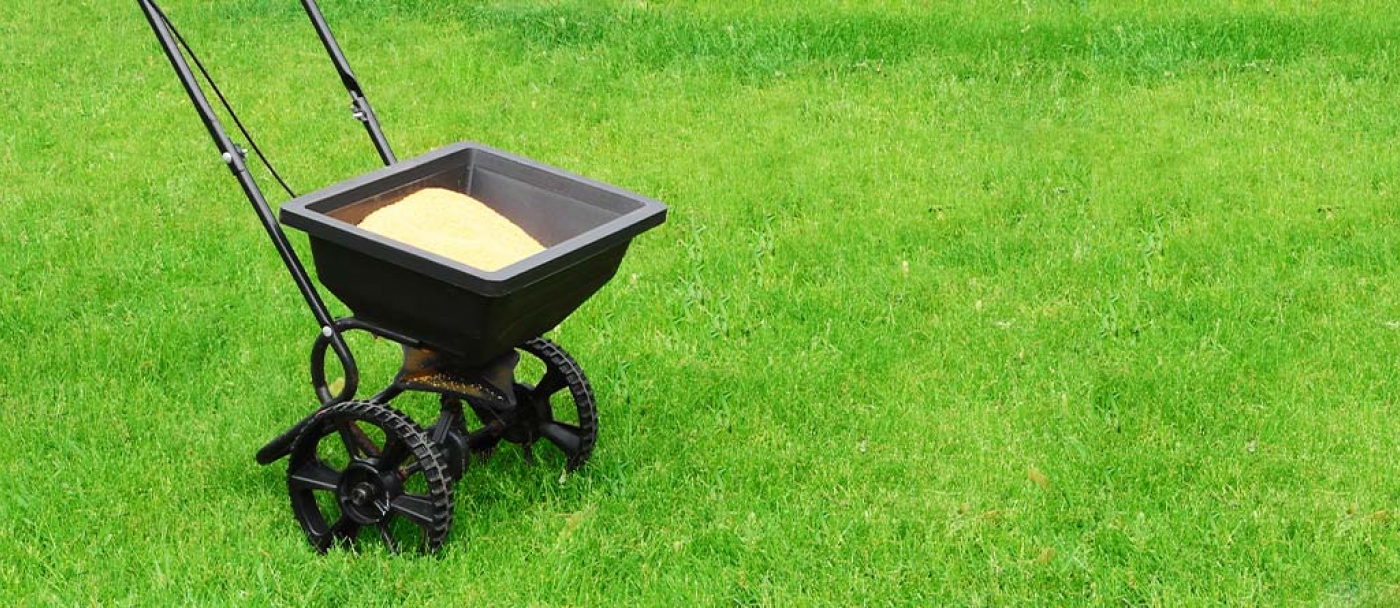
Like most plants, grass absorbs nutrients in the soil, but the supply of nutrients is limited. Regular fertilizing keeps your lawn green and healthy when it needs more nutrients than the soil can provide.
A thick, healthy, well-fed lawn is more resistant to pests and disease, and weeds are less likely to become a problem. Here are the basics of feeding your lawn.
Which Lawn Food Should I Use
Lawn food is available in granular form, or as a spray. Spray is often used by professionals, but home gardeners often prefer granular fertilizer, which is easier to apply and more affordable.
A product with a ratio such as 33-0-3 provides speedy growth and a greener, healthier lawn, as well as potassium to improve water retention and disease-resistance. A slow-release form will continue to provide nutrients for four to six weeks.
Combination Products for Lawn Weeds
If weeds are a problem, a bio weed and feed lawn food with a ratio such as 9-0-0 will nourish your lawn while keeping weeds in check. Apply bio weed and feed in early spring, then reapply once every month throughout the season.
Feeding your Lawn in Fall
In fall, apply a fall lawn food with an NPK ratio such as 12-0-18. This product contains a lower percentage of nitrogen and a little more potassium, indicated by the first and last numbers in the ratio.
Feeding your lawn in fall builds up resistance for the cold winter ahead and promotes healthy growth when spring rolls around.
Tips on Feeding your Lawn
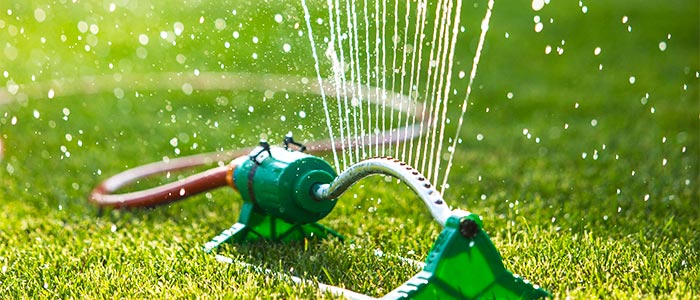
- Water your lawn thoroughly a day or two before feeding, then water again after you’ve applied fertilizer. (Read the manufacurer’s recommendations, as different fertilizers may have different requirements.)
- Don’t fertilize during a drought, or if your lawn looks withered or brown due to lack of moisture. Wait until the lawn has rebounded from irrigation or rainfall.
- When it comes to feeding your lawn, more fertilizer is worse than not enough. Follow the container directions carefully to avoid overfeeding.
